Working Electrode
The working electrode (WE) is the heart of any electrochemical cell and constitutes the key element where critical electron transfer reactions occur. Selecting the right working electrode is essential for successful and reliable electrochemical measurements, as it directly influences sensitivity, reproducibility, and analytical range. This landing page provides an in-depth exploration of working electrodes, their types, including disc electrodes, carbon paste electrodes, plate electrodes, L-type working electrodes, and rod electrodes, and highlights their properties, uses, preparation techniques, and advantages.
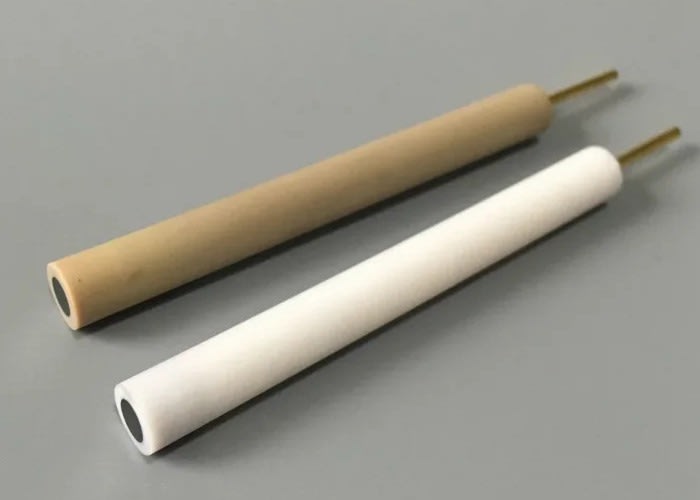
Disc Electrodes
- Electrode Material: Available Diameter (mm)
- Glassy Carbon : 1, 2, 3, 4, 5, 6, 7, 8, 9, 10, 11.28, 12, 15 and 20
- Gold: 0.5, 1, 2, 3, 4, 5 and 6
- Platinum: 0.5, 1, 2, 3, 4, 5 and 6

L-Type Working Electrodes
- Electrode Material: Available Diameter (mm)
- Glassy Carbon: 2, 3 and 5
- Gold: 2, 3 and 5
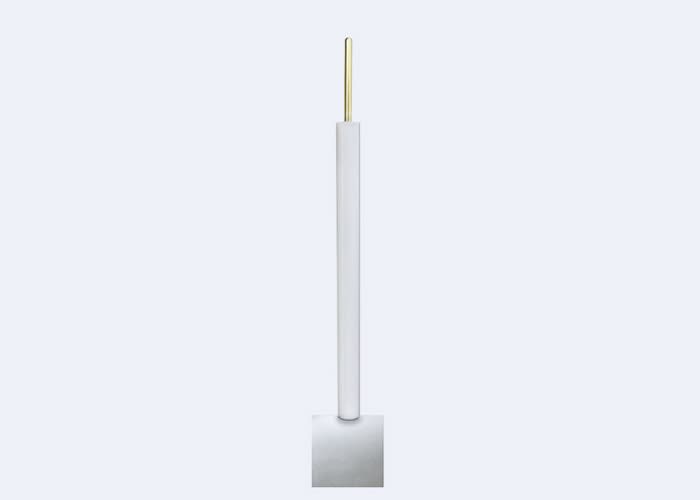
Plate Electrodes
- Electrode Material: Available Diameter (mm)
- Glassy Carbon: 10 x 10 x 2
- Glassy Carbon: 10 x 10 x 2
- Platinum: 10×10×0.1
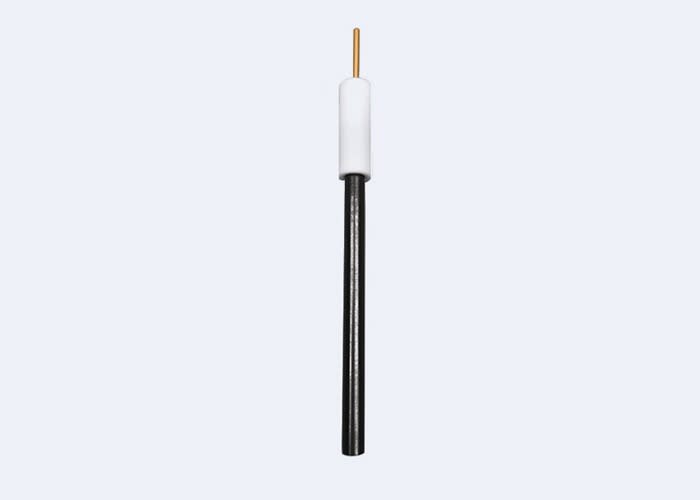
Rod Electrodes
- Electrode Material: Available Diameter (mm)
- Glassy Carbon: 3, 4, 5 and 6
- Graphite: 3, 4, 5 and 6
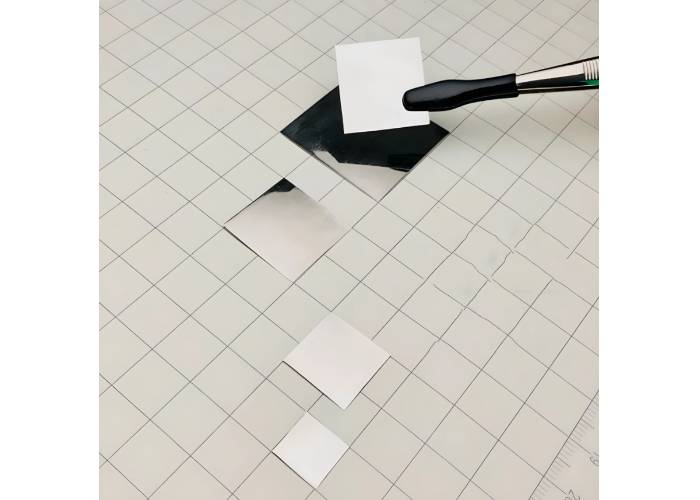
Platinum Plate Sheet
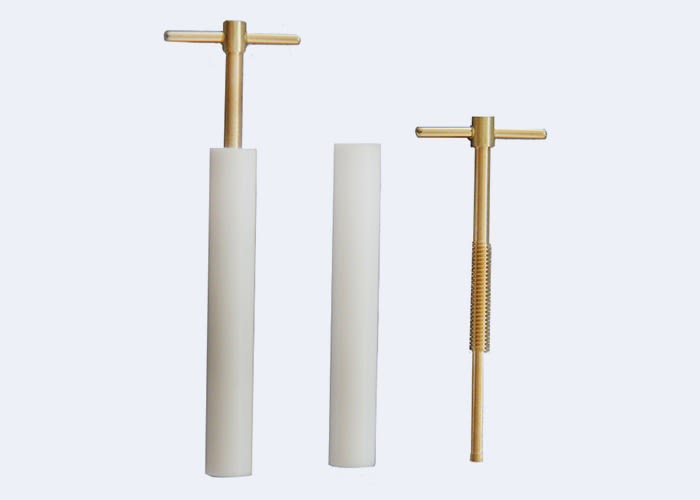
Carbon Paste Electrode
- Electrode Material: Carbon Paste
- Available Diameter (mm): 2, 3 and 5
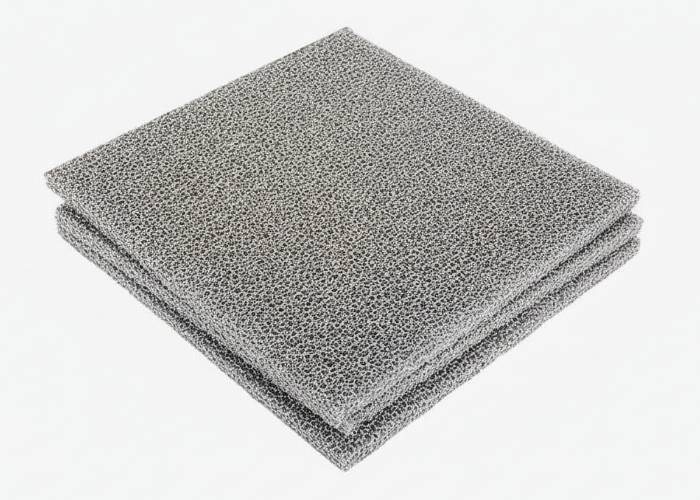
Nickel Foam
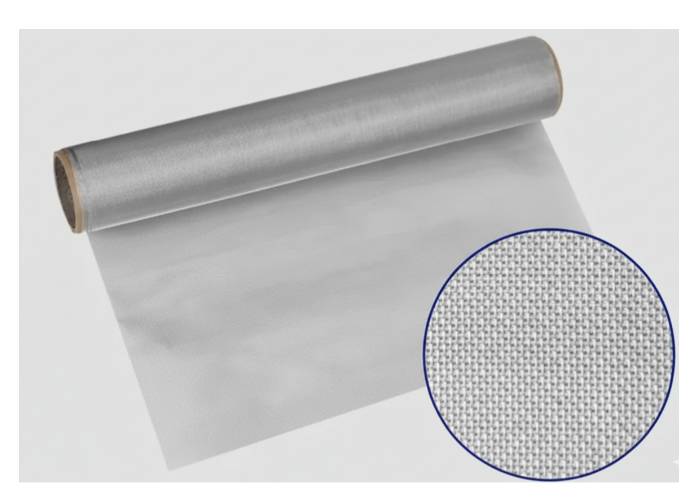
Nickel Mesh
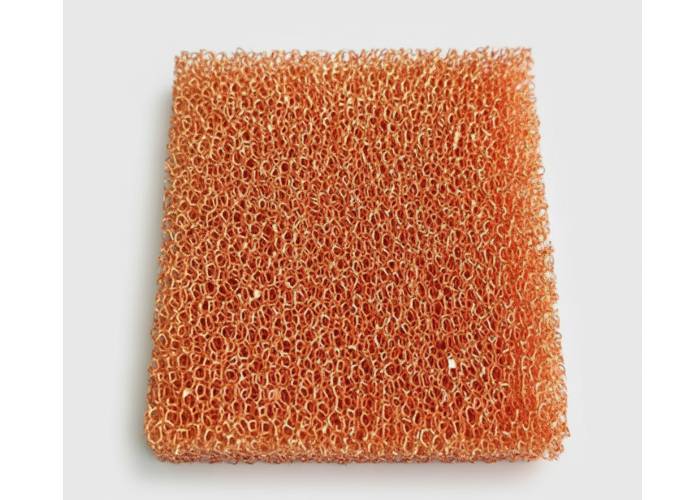
Copper Foam
Understanding the Working Electrode
The working electrode serves as the primary site for redox processes in electrochemical analysis. Located at the interface with the electrolyte, electron transfer reactions involving analytes take place here, making it the focal point of techniques such as voltammetry, amperometry, and stripping analysis. The electrode material, size, shape, and surface condition greatly affect the outcome, which means choosing the proper working electrode is critical.
Key Factors in Working Electrode Selection
Various factors influence the choice of a working electrode for a given experiment:
- Electrochemical Activity: The material should exhibit fast, reproducible electron transfer kinetics with minimal fouling.
- Potential Window: A wide potential window allows analysis of different analytes without interference.
- Mechanical Properties: Electrodes should be robust enough for routine use and surface renewal.
- Chemical Compatibility & Toxicity: The electrode must be stable in the electrolyte solution and safe to handle.
- Cost and Machinability: Practical considerations on manufacture and expense affect usability.
Common Working Electrode Materials
Several materials are widely used for working electrodes, each with distinct advantages and limitations:
- Platinum: Known for excellent electrochemical inertness and versatile fabrication forms such as wire, plate, or tube, platinum electrodes offer good stability but are costly and limited in cathodic potential due to hydrogen evolution.
- Gold: Gold electrodes behave similarly to platinum but have a more limited anodic potential window due to surface oxidation. They are especially useful for modified electrodes incorporating self-assembled monolayers (SAMs).
- Carbon: Carbon electrodes, especially glassy carbon, provide broad cathodic and anodic potential windows, allowing scans to more negative potentials. Carbon paste electrodes, composed of finely granulated carbon and oil, are another versatile form, though prone to mechanical damage.
- Mercury: Historically important, mercury electrodes exhibit excellent cathodic windows but suffer from toxicity and limited anodic range. Modern use focuses on mercury films on solid electrodes for specialised analyses.
Types of Working Electrodes
Disc Electrodes
Disc electrodes are among the most commonly used working electrodes. Typically encapsulated in inert polymer sheaths like Teflon or PEEK, these electrodes expose a polished disc surface of materials like platinum, gold, or carbon. Standard diameters include 1.0 mm, 3.0 mm, and 10.0 mm, with larger diameters generating higher current responses. Disc electrodes are favoured for their reproducible surface area and ease of handling in voltammetric experiments.
Carbon Paste Electrode
Carbon paste electrodes consist of a mixture of finely powdered carbon and an oil-based binder such as Nujol. The paste is packed into electrode cavities, forming a renewable surface ideal for a variety of electrochemical applications. Their advantages include low cost, wide potential range, and low background current. However, they are mechanically delicate and unsuitable for flow cell systems or organic solvent media.
Plate Electrodes
Plate electrodes usually involve flat plates of platinum, gold, or carbon serving as the working surface. Their planar geometry provides a greater electrode area, making them suitable for bulk electrolysis and other applications requiring higher currents. Plate electrodes also facilitate surface modification and cleaning but may pose challenges in uniform current distribution.
L-Type Working Electrodes
L-type electrodes are specially shaped working electrodes often used in microelectrode designs or specialised electrochemical configurations. The L-shape allows precise control of the electrode surface area and facilitates experiments involving diffusion-limited currents or high-speed voltammetry.
Rod Electrodes
Rod electrodes refer to working electrodes fabricated as thin metallic rods of platinum, gold, or carbon fibres sealed in insulating glass or polymer bodies. They are widely used as microelectrodes or ultramicroelectrodes. Their minimised dimensions lead to unique electrochemical behaviour such as radial diffusion, enabling rapid response times, reduced solution resistance effects, and applicability in highly resistive or in vivo measurements.
Electrochemical Characteristics and Behaviour
The electrochemical response of working electrodes varies according to their size and shape. For example, disc macroelectrodes typically show peak-shaped voltammograms due to linear diffusion to the surface, commonly used in cyclic voltammetry to characterise redox species. In contrast, microelectrodes such as rod or L-type electrodes exhibit sigmoidal voltammograms owing to hemispherical radial diffusion, enabling steady-state current measurements with enhanced sensitivity.
The size of the diffusion layer and its relation to electrode radius play major roles in observed voltammetric shapes and current intensities. Smaller electrodes exhibit faster stabilisation of concentration gradients, allowing high-speed measurements and minimising capacitive currents.
Preparation and Maintenance of Working Electrodes
Consistent electrochemical performance depends on proper electrode preparation and maintenance. Essential steps include:
- Cleaning: Removal of surface contaminants by mechanical polishing with alumina or diamond suspensions.
- Electrode Activation: Pre-scanning potential ranges to renew or activate electrode surfaces.
- Surface Renewal: For carbon paste electrodes, refreshing the paste surface by extrusion.
- Storage: Proper storage in suitable media prevents oxidation and contamination.
Following standardised preparation protocols ensures reproducible results and longer electrode lifespan.
Advantages and Limitations
| Electrode Type | Advantages | Limitations |
|---|---|---|
| Platinum | Inert, easy fabrication, wide potential range | Expensive, hydrogen evolution at negative potentials |
| Gold | Stable, supports monolayer modification | Limited anodic window, costly |
| Carbon (Glassy, Paste) | Wide potential window, inexpensive (paste) | Variable quality, mechanical fragility |
| Mercury | Excellent cathodic window, renewable surface | Toxicity, limited anodic range |
Choosing the ideal electrode depends on the specific electrochemical technique, analyte characteristics, and experimental conditions.
Applications of Working Electrodes
Working electrodes are fundamental in a broad range of electrochemical applications:
- Analytical chemistry for trace metal detection and quantification using anodic stripping voltammetry.
- Sensor development for environmental monitoring, biological assays, and clinical diagnostics.
- Electrochemical synthesis and mechanistic studies.
- High-speed and microscale voltammetry for rapid and in vivo measurements.
Conclusion
Selecting a suitable working electrode, whether a disc electrode, carbon paste electrode, plate electrode, L-type, or rod electrode, is crucial for achieving precise and reproducible electrochemical data. Understanding their unique characteristics and application-specific advantages ensures optimal performance in diverse research and industrial settings.
This comprehensive overview highlights essential aspects of working electrodes and serves as a practical guide to their effective use in modern electrochemistry.
Maintenance & Support
ScienceGears Working electrodes come with full maintenance guides and technical support. Access documentation, care protocols, and expert help anytime. We stock and support across Australia and New Zealand for fast delivery and service.


